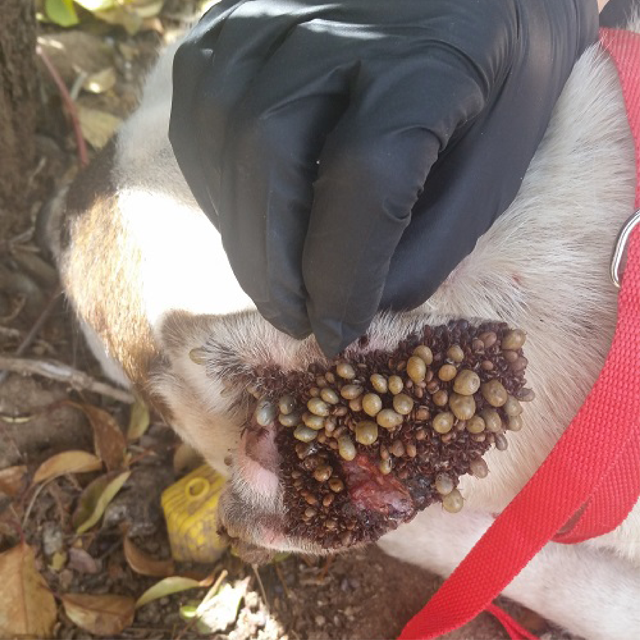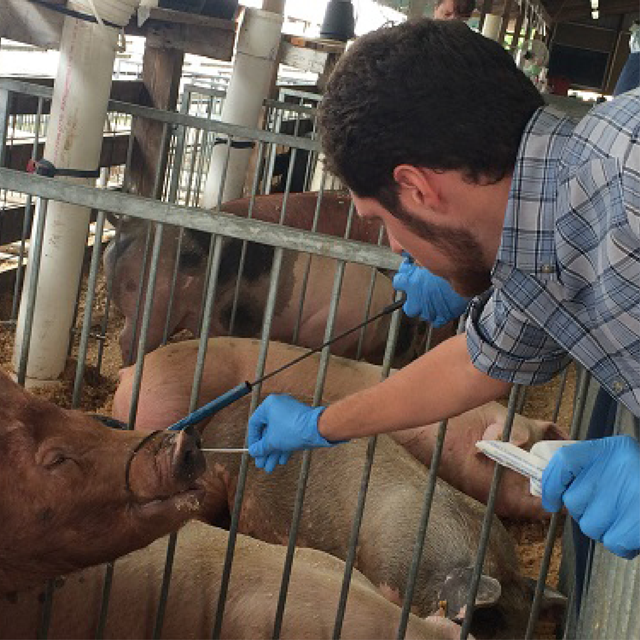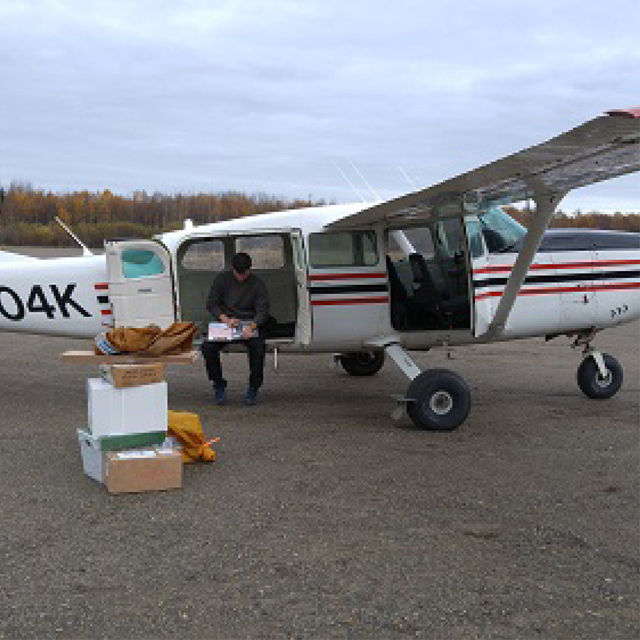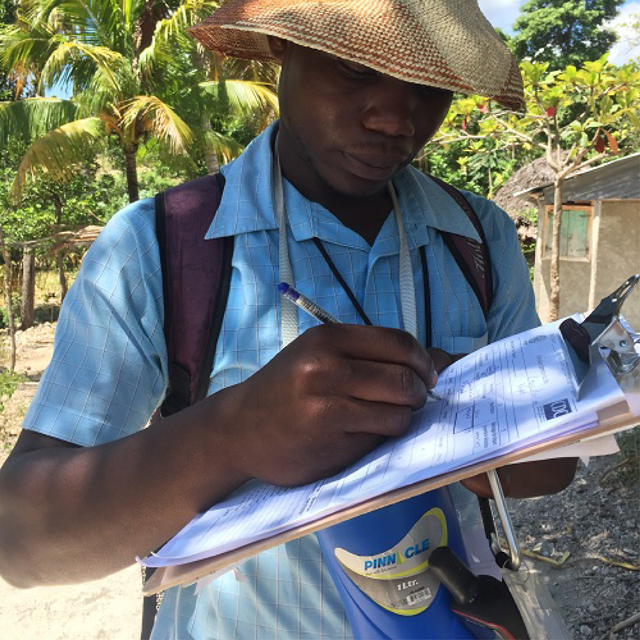Annual EIS Conference looks to shape the future of public health
Science that Makes a Difference!
The U.S. Centers for Disease Control and Prevention (CDC) will hold its 66th Annual Epidemic Intelligence Service (EIS) Conference April 24–27, 2017, in Atlanta. The event showcases recent groundbreaking and often life-saving investigations by EIS officers—better known as CDC’s disease detectives.
The conference includes a special session featuring EIS officers describing their work responding to the Zika virus outbreak, Laboratory Leadership Service (LLS) fellows reporting on their efforts to advance laboratory biosafety and quality, and a media-availability session with EIS officers fresh off of the front lines of battling emerging health threats. Other sessions include diseases spread from animals to people, STDs and HIV, environmental and occupational exposures, emerging infections, disease outbreaks associated with healthcare facilities, foodborne outbreaks, child health, drug-related illness, and unintentional injuries.
CDC Acting Director Anne Schuchat, M.D. (RADM U.S. Public Health Service), will open the conference with remarks on Monday morning, April 24.
EIS is the world’s premier public health fellowship in applied epidemiology. Each year, 70-80 new EIS officers are selected from among hundreds of physicians, doctoral-level scientists, veterinarians, and other health professionals who apply to this competitive fellowship program. During their two-year fellowship, EIS officers are on the front lines of public health, protecting Americans and the global community as boots-on-the-ground epidemiologists. Since 1951, more than 3,600 EIS officers have responded to domestic and international health threats. EIS alumni have gone on to become CDC directors; leading CDC scientists; acting surgeons general; WHO assistant directors general, regional directors, and country directors; public health and medical school faculty and deans; city health commissioners; and state epidemiologists. Others are leaders in industry, foundations, nongovernmental organizations, and the media.
Contact Information
CDC Media Relations
(404) 639-3286
media@cdc.gov
Follow the conversation at #CDCEIS17
Spokespersons
Anne Schuchat, MD (RADM, USPHS)
Biography

“CDC’s EIS officers are our modern-day disease detectives. They work on the front lines, around the clock and around the world, applying 21st century tools to help protect Americans from deadly threats. We’re proud to showcase their groundbreaking, life-saving investigations at the annual EIS conference.”
Anne Schuchat, MD – Principal Deputy Director of Centers for Disease Control and Prevention; Rear Admiral, U.S. Public Health Service; EIS Officer, Class of 1988
- Drug-resistant fungus outbreaks in hospitals [PDF – 267 KB]: Candida auris is an emerging drug-resistant fungus. When cases began to appear in Colombian hospitals, EIS officers were dispatched to the front lines. Officers identified 40 cases in four hospitals in three cities; 58 percent of patients died of the infection, and nearly one-third of patients were under one year of age. Investigators found the fungus on hospital surfaces and on the skin of patients and healthcare workers.
- Infectious disease complicates opioid overdose deaths [PDF – 270 KB]: An EIS investigation of opioid toxicity deaths using Minnesota’s unexplained-death surveillance system found that deaths were not documented in opioid death surveillance because an infectious disease was listed on the death certificate. The contributions of opioid toxicity, infectious disease, and their interactions that result in death may inform future prevention efforts.
- Acute flaccid myelitis [PDF – 192 KB]: Acute flaccid myelitis (AFM) is a rare but serious condition that causes sudden limb weakness or paralysis. Following the increase in cases in 2014, CDC and the Council of State and Territorial Epidemiologists developed a standardized case definition for public health surveillance. Despite extensive testing, no consistent cause has been identified for these AFM cases. EIS officers have been investigating risk factors and potential causes for the increase in AFM since 2014.
- Zika a risk factor for GBS [PDF – 191 KB]: Guillain-Barré syndrome (GBS) is an uncommon autoimmune condition characterized by damage to nerve cells, resulting in muscle weakness and sometimes paralysis. EIS officers conducting a study in Puerto Rico were the first to identify that acute Zika infection is a risk factor for GBS.
- Group B Streptococcus (group B strep) mutations lead to antibiotic resistance [PDF – 268 KB]: Group B strep is the leading cause of infections in newborns and a rising cause of severe infections in elderly and immunocompromised people. A LLS fellow using whole genome sequencing detected, for the first time, a specific mutation in two group B strep strains resistant to macrolide antibiotics.
- Educational outcomes in children born with opioid withdrawal [PDF – 264 KB]: Neonatal abstinence syndrome (NAS) is a constellation of drug withdrawal symptoms commonly seen in babies born to mothers who used opioids during pregnancy. Tennessee experienced a 15-fold increase in NAS during 2002–2012. An EIS officer conducted a novel analysis with the Tennessee Department of Education and found a link between NAS and educational disabilities.
- Rare infection from nonbiting flies in Washington State [PDF – 269 KB]: When a patient was diagnosed with a rare bloodstream infection, investigating EIS officers found for the first time Wohlfahrtiimonas species of bacteria in insects in the Americas and a new vector, the green bottle fly.
- Tularemia spreading northward [PDF – 265 KB]: Tularemia, a dangerous disease carried by rabbits and rodents, is a potential bioterror agent. It’s generally concentrated in south central states within the U.S., but an EIS investigation found cases of human tularemia have moved progressively north over the past 50 years.
- Fatal injuries in the Alaska logging industry [PDF – 190 KB]: In 2015, the work-related fatality rate for workers in the U.S. logging industry was 39 times that of workers in all other industries. Alaska is among the states with the highest rate of work-related fatalities, yet the state’s logging injuries had not been examined since the early 1990s. An EIS officer found that after declining during 1991–2004, annual fatality rates for workers in the Alaska logging industry increased during 2005–2014 and reached a 24-year high in 2010. Factors associated with declines in the size of the workforce of Alaska logging companies might have contributed to the observed increase in injury rates.
- Zika burden in Puerto Rico [PDF – 193 KB]: Puerto Rico health officials reported 31,464 cases of Zika virus infection in Puerto Rico from November 2015 to October 2016. An EIS investigator used Bayesian methods to estimate that the actual number of infections—including asymptomatic infections—was likely 15 to 37 times higher than the number of laboratory-confirmed cases. This information is important to ensure a strong public health response to the Zika epidemic, including planning for Zika-associated birth defects.
- Page last reviewed: April 24, 2017
- Page last updated: April 24, 2017
- Content source:



 ShareCompartir
ShareCompartir












